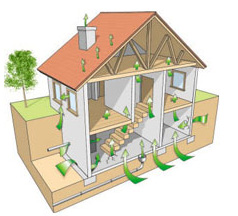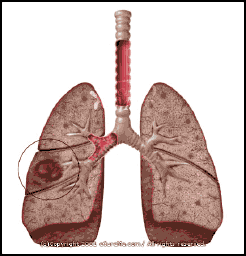If Having Children in the Home doesn’t Motivate Radon Testing, What Will?
The Dangers of Radon Gas
If your child was in danger and you could remove that danger in order to protect them, would you? A study found that some parents may not, especially in the case of radon. It has been found that many homes have or will fall victim to radon gas. Radon is a radioactive gas that is the leading cause of lung cancer in nonsmokers–this includes children. It is the second leading cause for smokers. The study conducted radon and secondhand smoke tests in 550 homes. At the same time, parents were asked if they were concerned about the long term affects of radon gas or secondhand smoke on their children. The study found that “having children present in the home [didn’t] appear to impact parents’ lung cancer worry.”
Spreading Radon Awareness
 So, how can we get people to understand the very real danger of radon? We believe that awareness and education could be a step in the right direction. Many people do not even know what radon is or what it can cause. Radon is a gas that is created through the natural breakdown of uranium in the earth. It rises through the soil and into homes through small basement or foundation cracks.
So, how can we get people to understand the very real danger of radon? We believe that awareness and education could be a step in the right direction. Many people do not even know what radon is or what it can cause. Radon is a gas that is created through the natural breakdown of uranium in the earth. It rises through the soil and into homes through small basement or foundation cracks.
When radon is outside in the air it is virtually harmless, but in a small, enclosed space such as a home, it can lead to a variety of health problems. This includes wheezing, coughing, lung infections, and even lung cancer. Luckily, radon gas must be present for a long time to cause these issues, so that is why it is so important to regularly have your home tested for radon gas. Contact us today to learn more about radon testing and radon mitigation–the solution for high levels of radon in your home.









